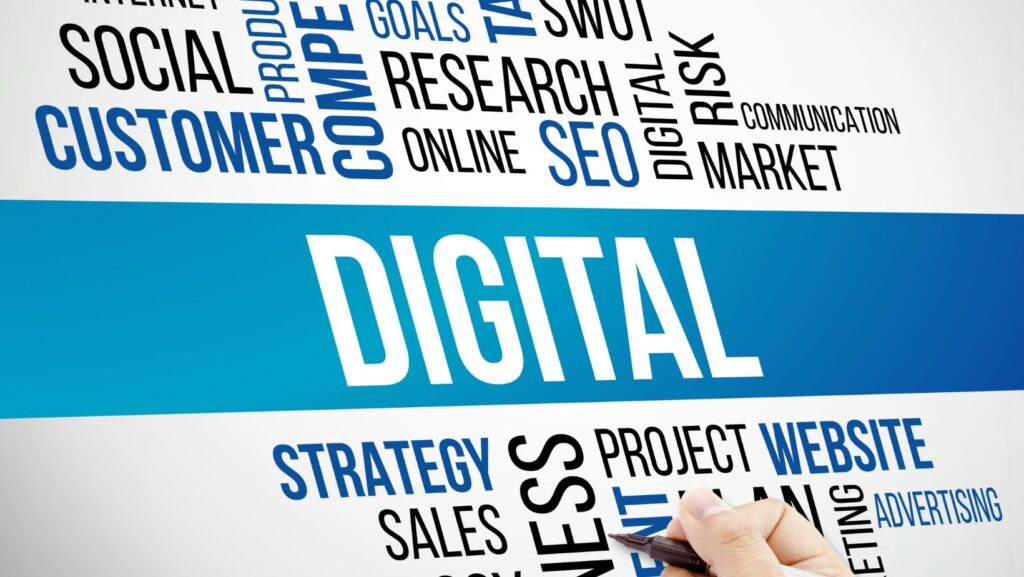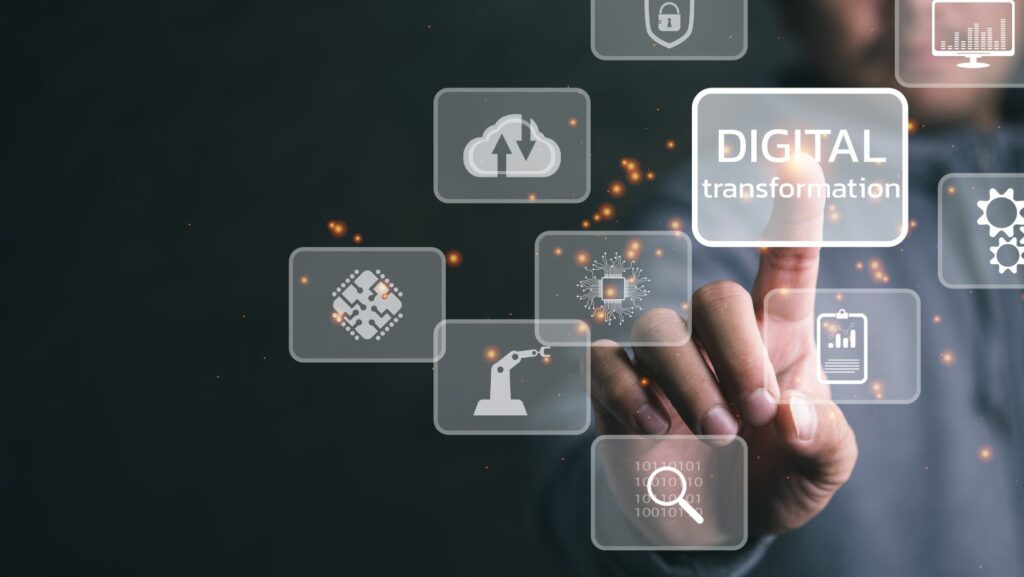Growth begins when a platform extends reach and delivers value that keeps people engaged. Campaigns create the entry points, while content anchors the return. The most effective systems align both from the start, and treat acquisition and retention as a single, continuous mechanism. When each supports the other without drift, the loop sustains itself and scale follows naturally.
Some Platforms Prove Both Can Work Together
Xbox Game Pass illustrates this through a clear alignment of promotion and catalog strength. Microsoft launched global campaigns positioning it as a “Netflix for games,” secured a deal with EA Play, and delivered major titles like Halo Infinite on day one. The offer brought millions of sign-ups in 2022, while a rotating selection of new releases sustained momentum. By early 2025, the service reached 34 million subscribers.
Netflix followed a similar structure. Its “One Story Away” campaign launched in 27 languages and promoted high-impact originals such as Money Heist. That message ran alongside a $17 billion annual content investment that supported frequent releases. The strategy produced consistent reach and visibility, driving 13 million net new subscribers in a single quarter during 2023.
Even gambling platforms take this approach. Looking at the Mr Q casino slots catalog, the structure combines a wide range of titles with carefully timed promotions. Over six million free spins were awarded in the previous year. That figure signals a system designed to encourage discovery and reward ongoing participation. Content draws people in, and promotions guide them back.
Reach Without Depth Fades Fast
Promotion without depth delivers a temporary lift but no sustained retention. Quibi launched with prominent talent and a $400 million marketing budget, drawing early attention and strong download numbers. Engagement declined quickly, as the content library lacked scale and variety. The platform shut down within six months.
Google Stadia followed a similar path. Its 2019 debut included major stage time at E3 and tight integration with YouTube, yet by 2023 the service had ended. Without platform-defining exclusives or long-term incentives, usage fell away. These examples reinforce a structural point: visibility can attract users, but without a system designed to hold them, scale does not last.
Platforms Thrive When Content Evolves
Platforms that grow at scale tend to build from the inside out. Fortnite demonstrates this clearly through a continuous update model, with each season introducing new maps, timed events, and branded collaborations ranging from entertainment franchises to music partnerships.
Promotional spend supports visibility, but long-term engagement stems from the cadence of in-game changes, sustaining over 200 million players without requiring separate campaigns for each release.
YouTube follows a different structure but achieves the same effect. Its recommendation engine now accounts for over 70 percent of total views, creating a self-reinforcing loop between content, user behavior, and discovery. That system drives retention at volume without dependence on external campaigns.
Smart Campaigns Create Sharp Momentum

Campaigns still matter when the product is ready. Apple Arcade launched alongside new iPhones in 2019. Bundles gave three free months to every device buyer. By 2020, it reached an estimated 180 million users.
HBO Max did the same with its “Same Day Premieres” strategy. It pushed theatrical releases like Wonder Woman 1984 straight to streaming and spent heavily on teasers. Subscriptions grew by 11 million during that push.
These moments show how campaigns compress interest into immediate action. People hear about something, find it available, and use it right away.
Real Growth Starts With the Product Itself
Netflix refines its interface continuously to surface the next relevant title, while Amazon Prime Video links viewing activity with purchases to increase time spent across services. Twitch combines real-time chat, extensions, and loyalty mechanics to create active participation during live sessions. These systems link user behavior directly to the content surfaced, forming feedback loops that reinforce engagement.
That loop cannot be constructed through marketing alone. It grows through repeated use, as each session generates new inputs that inform the next. Over time, that structure reduces acquisition cost, since retention drives exposure through visibility, sharing, and discussion initiated by the users themselves.
The Balance Leans Toward the Core
Campaigns introduce, but content sustains. When a platform invests in both at once, it creates growth that feels effortless from the outside. Microsoft, Netflix, Epic, and Apple all built proof that timing, reach, and content depth form a single system.
The strongest platforms treat each campaign as a spotlight for what is already ready inside. That is why content ends up as the anchor. Without it, promotion only creates noise. With it, every campaign turns into an accelerant.


